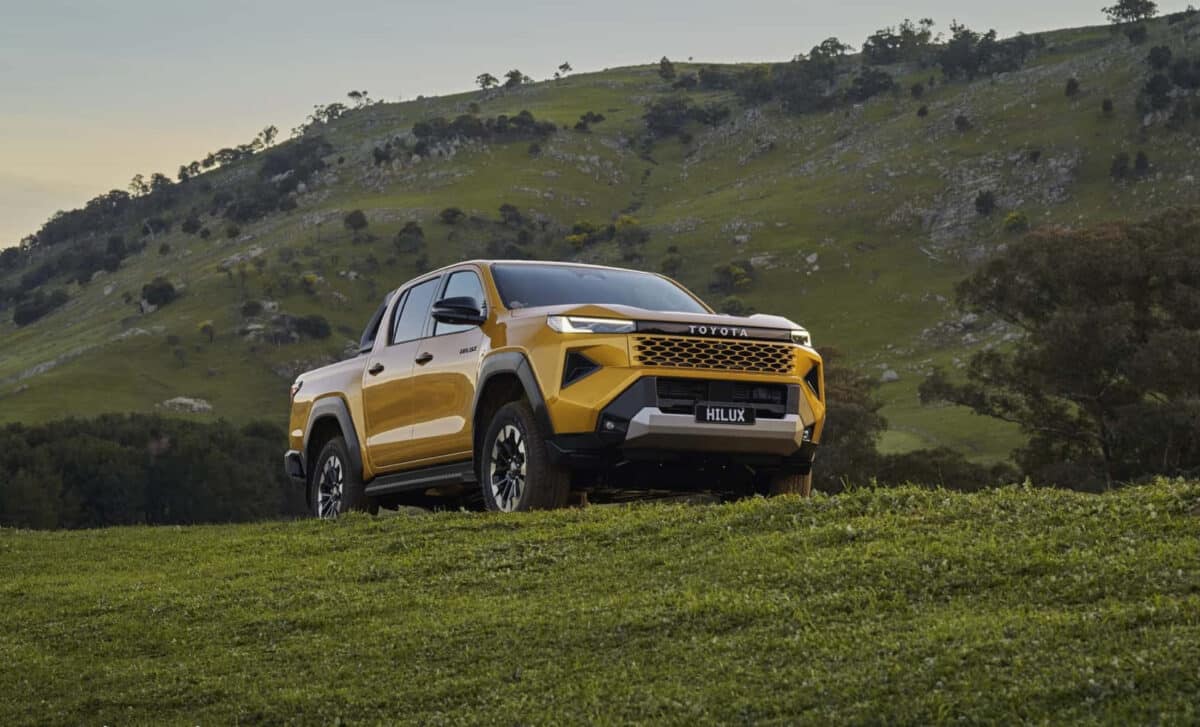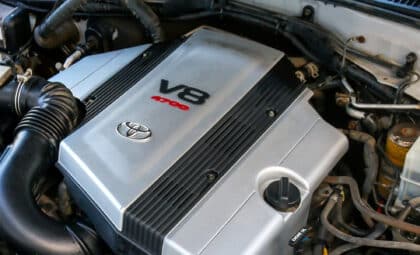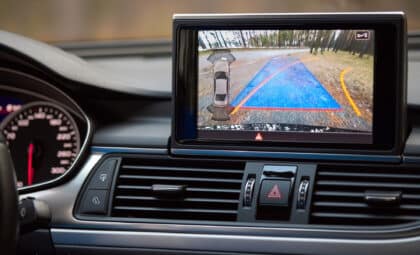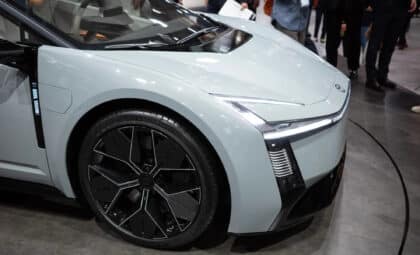After nearly a decade of incremental facelifts, the Hilux is getting a full redesign for 2026, both inside and out. The long-anticipated overhaul includes major technological upgrades, a revamped design, and a strategic shift toward electrification—without abandoning the legacy engines that have defined the truck’s global appeal.
First launched in 1968, the Hilux has built a reputation for durability and versatility, with over 21 million units sold worldwide. The latest generation not only modernizes the vehicle’s look but also brings in a broader selection of powertrains. Toyota is strategically responding to varying market demands with this mixed offering, positioning the Hilux as a multi-role pickup suited to different regions and use cases.
Hilux Goes Electric Without Ditching Diesel
For the first time, the Hilux enters the electric age with a battery electric vehicle (BEV) model at the forefront of its lineup. The electric version uses a dual-motor system powered by a 59.2-kWh lithium-ion battery, providing up to 149 miles (240 kilometers) of WLTP range. The motors produce 151 lb-ft (front) and 198 lb-ft (rear) of torque, enabling a payload of 1,576 pounds (715 kilograms) and towing capacity of 3,527 lbs (1,600 kg).
In a notable design departure, the closed-off front grille and charging port on the front fender distinguish the EV from its combustion counterparts. Still, the diesel engine remains an integral part of the new Hilux strategy.
The 2.8-liter turbodiesel with mild-hybrid tech offers far greater utility for heavy-duty use, with up to 2,205 lbs (1,000 kg) payload and 7,716 lbs (3,500 kg) of towing capacity. According to Motor1, Toyota plans to retain this engine in key markets across Eastern Europe, along with a 2.7-liter gasoline option and a non-electrified diesel variant.
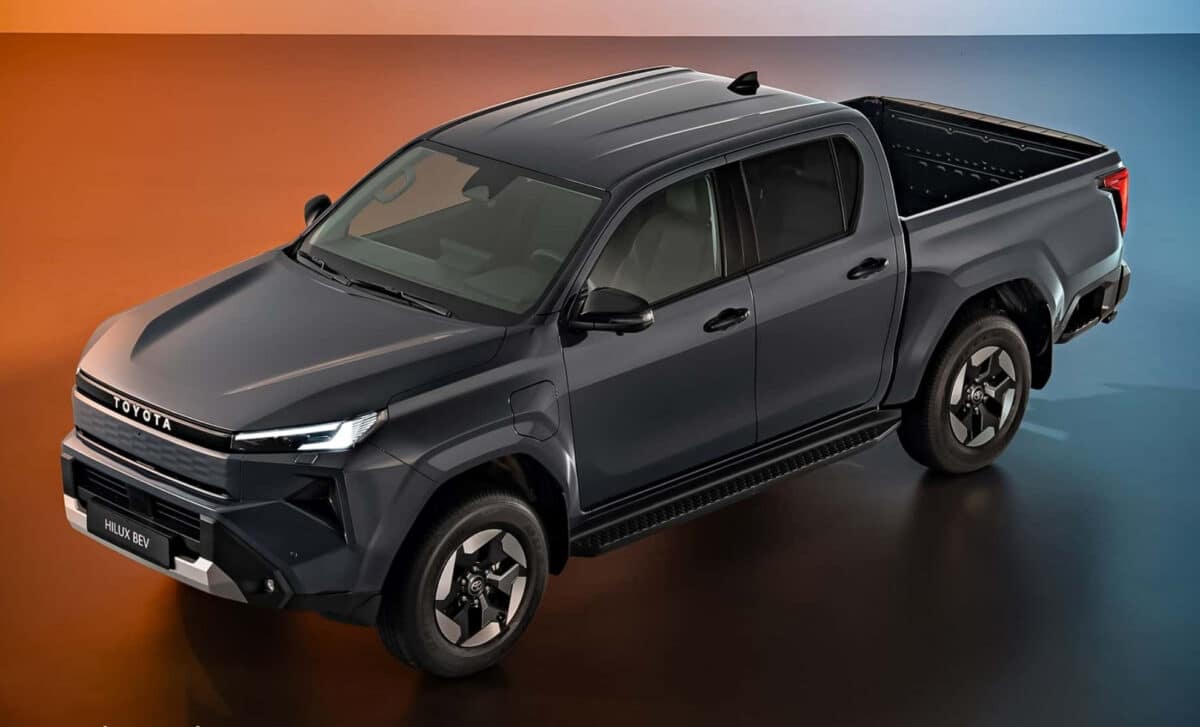
Redesigned for Modern Utility
Visually, the 2026 Hilux adopts a more angular, muscular look influenced by the Tacoma, with a redesigned front fascia, slender headlights, and debossed Toyota tailgate lettering. The wordmark replaces the traditional corporate logo on the grille, contributing to a more aggressive and contemporary identity. This transformation aims to reflect a tougher and more capable stance aligned with global trends.
All versions now feature a new rear deck step for easier load-bed access and revised side steps to improve cabin entry. The cabin, which had become dated, gets a complete overhaul. Inspired by the Land Cruiser, it now includes dual 12.3-inch screens and retains a wide selection of physical controls for climate and drivetrain settings—an intentional choice, Toyota says, to prioritize tactile functionality over digital complexity.
Advanced Safety and Upcoming Fuel Cell Variant
Safety and tech upgrades are another highlight of the ninth-generation Hilux. The truck now includes blind spot monitoring, a driver monitoring camera, and Safe Exit Assist. Over-the-air software updates are supported, while Toyota Safety Sense introduces features such as Emergency Driving Stop System, Low-Speed Acceleration Suppression, and Proactive Driving Assist.
The electric model also integrates a shift-by-wire drive selector, and all trims are now equipped with a wireless charging pad and rear USB ports. In a move reflecting Toyota’s long-term energy strategy, a hydrogen fuel cell version is scheduled to join the lineup in 2028, extending the company’s investment in alternative powertrains.
While the electric Hilux is expected to attract new customers in urban environments, Toyota anticipates the mild-hybrid diesel will dominate sales in Europe due to its superior load and towing capabilities. Production of the diesel variant begins next spring, following the EV’s rollout in December. Despite these global developments, the model will not be launched in the United States, where it would compete too closely with the Tacoma.

